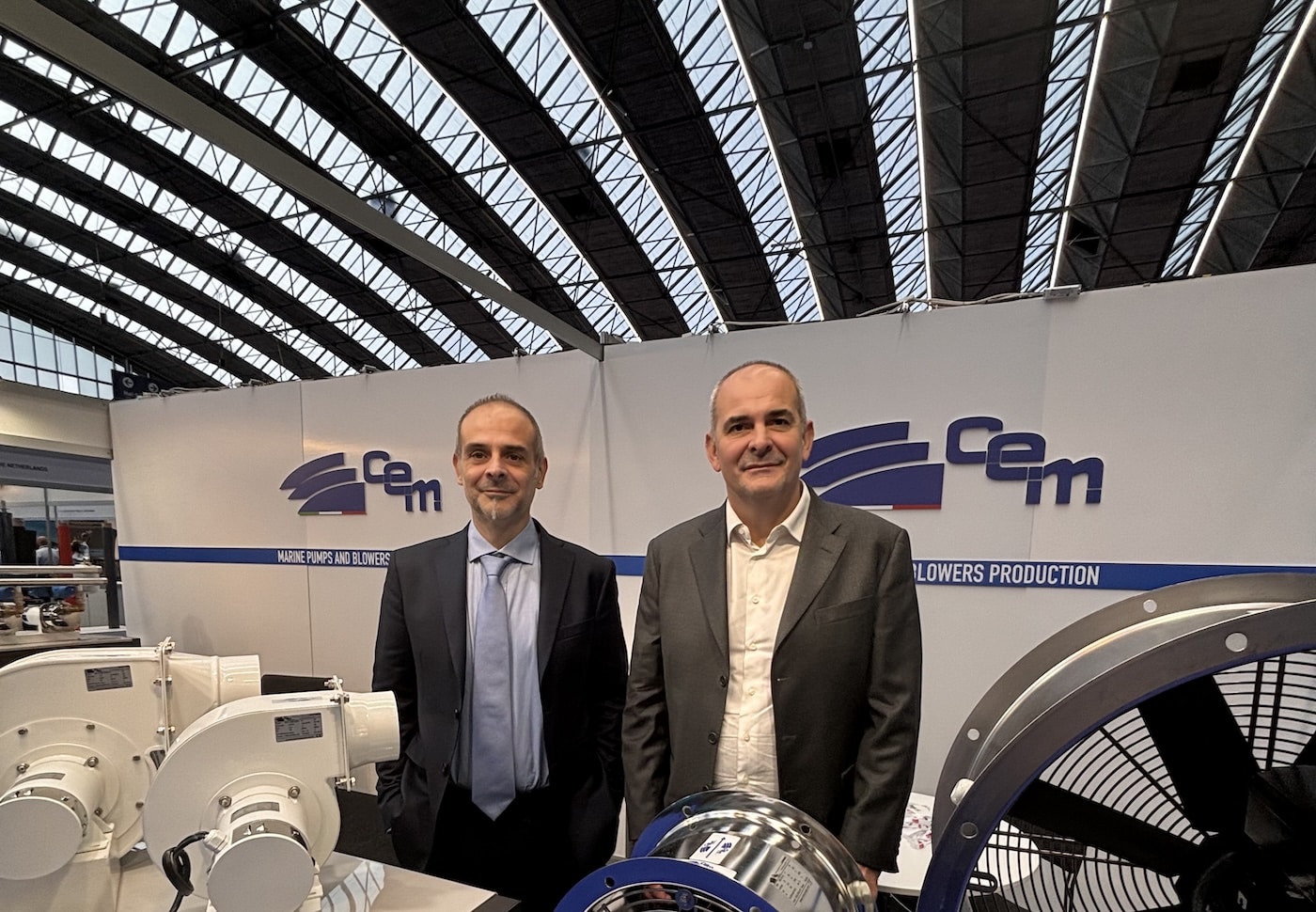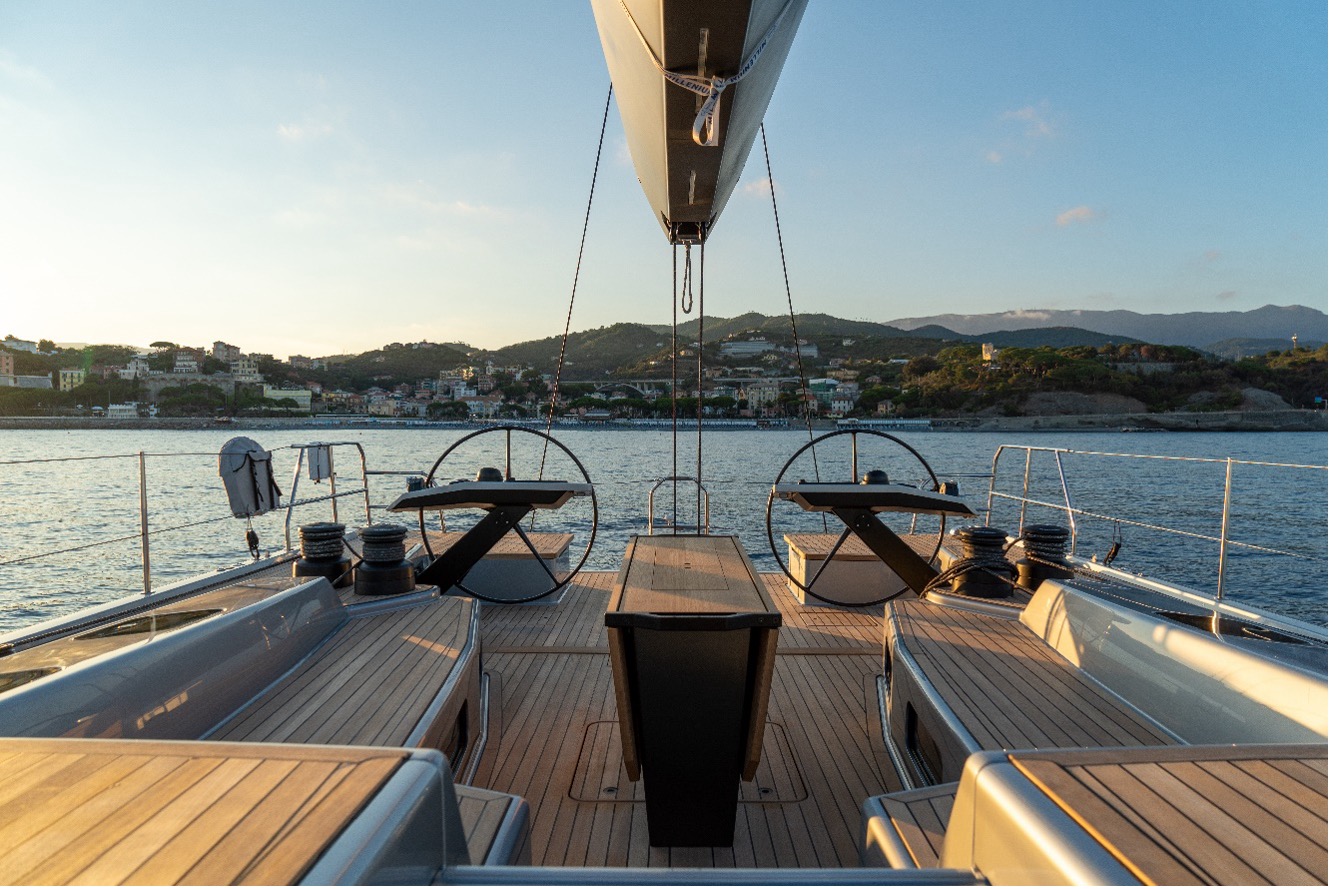Our test of Crystal Prop, the self-cleaning antifouling paint by Coverplast, continues with a propeller left soaking for more than 7 months
Our Crystal Prop 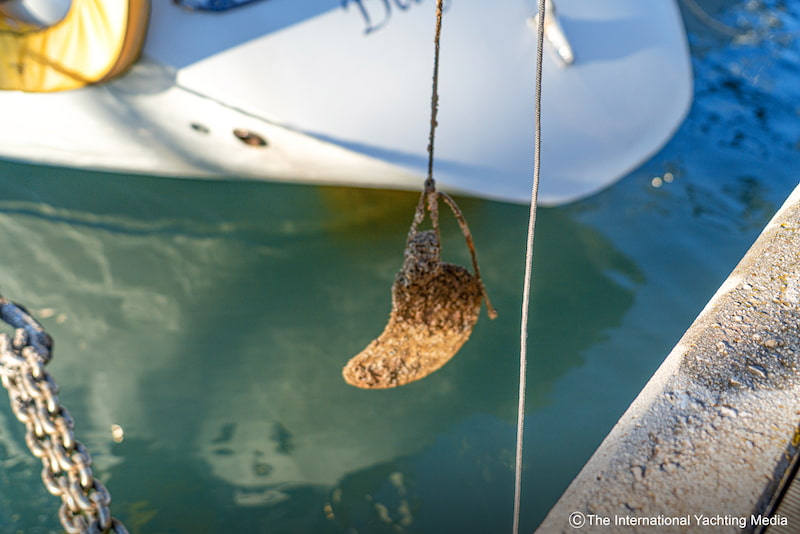
So, we applied the Crystal Prop paint on a propeller blade, which we then left soaking for more than 7 months last summer. The goal was to verify whether the hardness and the extreme slipperiness of the paint allowed us to easily clean the propeller, even after a long non-use period.
Before seeing the test in detail, let us give you a brief recap of Crystal Prop’s operation.
How does Crystal Prop work?
Crystal Prop is a self-cleaning, biocide-free, non-exfoliating, long-lasting paint. Its application results into a hard and slippery surface that allows it to function like an antifouling paint.
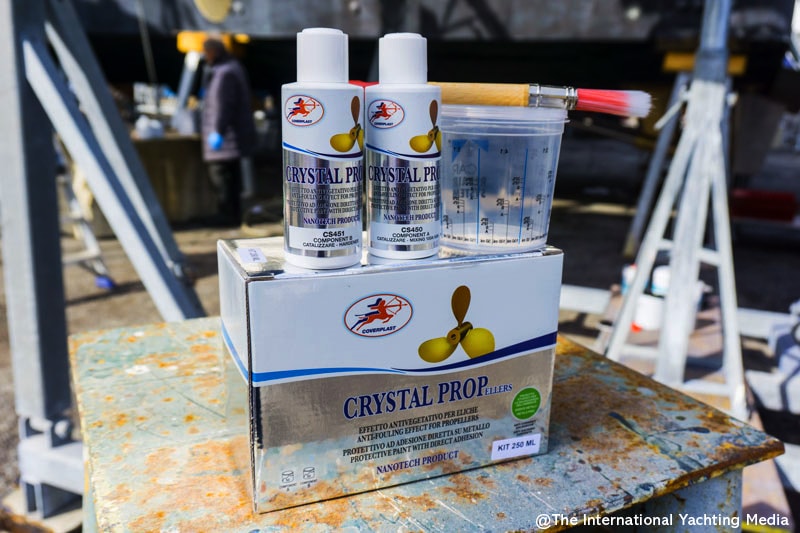
According to the manufacturer, the main characteristic that distinguishes Crystal Prop from the other products is its greater gripping power. This would make it particularly suitable to be applied on the mechanical parts and to resist the cavitation of the propellers, as we successfully verified during our test. Moreover, Crystal Boat has the benefit of being compatible with all types of metal.
The “dock” test
The test to which we wanted to 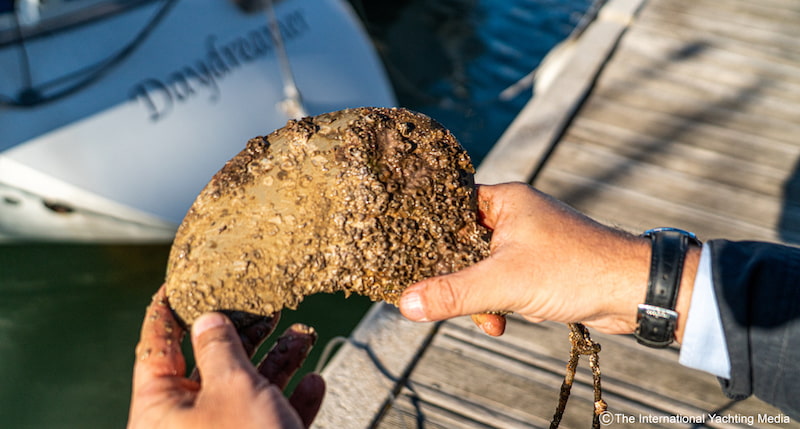
Can the smooth surface of Crystal Prop resist fouling?
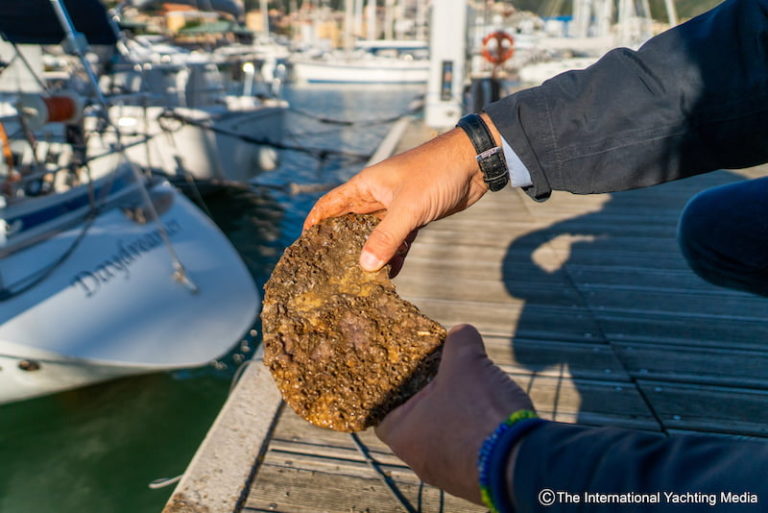
The blade treated with Crystal Prop remained immersed, tied on the dock, at a depth of about 1 meter from April to December at Marina di Varazze. This means that it suffered the aggression of fouling even in the most difficult months in terms of proliferation, that is the hottest ones.
In fact, when we pulled out the blade from the water, it was full of any weeds, like barnacles, algae and macroalgae. A very bad condition that, in a real situation, would have required a long out-of-water removal operation or, at best, a long underwater scraping operation. In both cases, it would have been difficult to find a trace of a normal antifouling paint still clinging to the treated surface.
Instead, when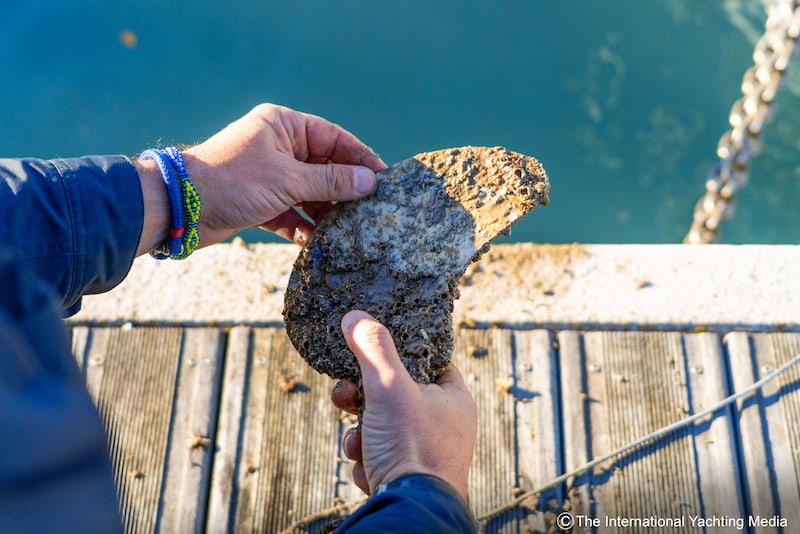
The hard and smooth surface of Crystal Prop makes it possible, even after a long non-use period of the immersed mechanical parts, to easily remove even the most difficult organisms which infest both propellers and axes.
The paint does not detach from the metal surfaces to which it is applied: in fact, at the end of our cleaning operation carried out with our hand, the propeller blade was not only clean but also entirely covered with Crystal Prop.
COVERPLAST S.A.S.
Via Toscanini, 12
20010 ARLUNO (MI)
Phone +39 02 90 15 236




















